The first people the state dispatches to the homes of potentially abused and neglected children in Palm Beach County are overworked and in some cases cutting corners, data show.
A dozen former and current Florida Department of Children and Families child-protective investigators in Palm Beach County tell The Post and its news partner WPTV NewsChannel 5 that an inundation of paperwork, an ever-expanding job description and a ballooning number of cases have led to what some are calling a “mass exodus” of investigators statewide.
DCF casework by the numbers: An inside look
The employees The Post and Contact 5 investigators spoke with asked not to be identified for fear of losing their jobs or facing retaliation.
At one time or another in 2016, nearly every investigator in Palm Beach County juggled more cases than state policy recommends they should, an analysis of data provided by the state shows. In fact, some investigators handled more than double the recommended caseload — 15 — at one point in 2016, data shows.

Those who have done the job told The Post and WPTV the lengthy job description can feel impossible.
“When you have a caseload of 20-25-30-35, you are bound to not just fail, but the families you are charged with overseeing and helping are going to fail,” said a former investigator. “Something has to change.”
‘A 24/7 job’
High caseloads lead to resignations. It’s a fact cited in DCF’s annual report and studied by the Child Welfare League of America.
The state’s department considers 15 open cases the maximum any one investigator should be assigned. For each allegation of abuse or neglect, an investigator is required to look into the claims by interviewing numerous people — all within 60 days of receiving the case. Cases are assigned — when possible — based on proximity to an investigator’s home or specialty.
An analysis of state data shows it was common for an investigator in Palm Beach County to manage between 15 and 20 cases a day last year.
Some handled significantly more.
In fact, a fifth of the county’s investigators carried more than double the state’s caseload limit at one time last year. Two investigators were assigned as many as 38.
A review of data provided by the state indicates high caseloads aren’t due to a particularly busy day or two. During nearly half of last year’s workdays, the county’s caseload average exceeded the recommended 15 cases per investigator.
Employees interviewed pointed to the Abuse Hotline’s reluctance to throw out a complaint for the constant stream of new cases. The hotline takes calls, faxes and online submissions 24 hours a day, 7 days a week.
“We can’t shut off the hotline. It is what it is,” Carroll said. “And as people call, we are mandated to get out there.”
A former employee argued that investigators are assigned cases that have “absolutely 100 percent nothing to do at all with child safety.” Some blame a “knee-jerk reaction” and a fear of having a child fall through the cracks for leading to the inundation of cases.
The department’s 2016 annual review states that the total number of reports of abuse and neglect have decreased less than a percent since the last fiscal year. The number of cases deemed worthy of an investigation, though, increased more than 3 percent.
Even when investigators question whether a case involves a child’s welfare, they are required to investigate — and fill out paperwork — as they would any other case.
“When you get two or three cases a day, you literally cannot do what you need to do to make sure that you’re doing a good job. You can’t do it,” a former investigator said.
Employees call in sick just to finish reports. One investigator took a week’s vacation to close cases, sources told The Post and WPTV.
A 2013 review of the department’s investigations protocols cautioned the department to assess how much time is needed to properly complete reports. Those reports were designed to be completed by investigator with a maximum of 15 cases, not for those with nearly double.
Employees say a significant effort is placed on training investigators on using the methodology properly — partly because, statewide, three-quarters of investigators have fewer than two years of experience with the department, but also because of what some call a reactive system that changes when a child under the state’s eye dies.

Intense public scrutiny following 10-year-old Nubia Barahona’s horrific death at the hands of her adoptive parents in 2011 sparked statewide change in how the department investigates abuse cases. Nubia’s body was found decomposing in a pesticide truck on the side of Interstate 95 in West Palm Beach. Her twin brother, Victor, was also in the truck, barely alive, doused in chemicals.
When Tayla Aleman starved to death in April in her Loxahatchee home after multiple department interactions with her family, investigators in the southeast region of the department were retrained in how to handle cases, Carroll said.
But the constant training creates less time to actually complete the reports.
And less time to be investigators.
“There’s no break,” according to a former investigator. “And so you suffer emotionally, mentally, physically. Not just yourself but your own family that you are supposed to come home to at night.”
Following the publication of the Post-WPTV report, DCF released a breakdown of the average caseloads for investigators statewide as of June 20.

The DCF breakdown divided Florida into six regions. The 12.2 average caseload per worker in the Southeast region, which includes Palm Beach County along with Broward, Martin, St. Lucie, Okeechobee and Indian River, was the third lowest in the state, above only Central Florida at 11.4 and the Southern region (Miami-Dade and Monroe) at 12.1.
The highest region was in the Northwest part of the state, in Florida’s panhandle, at 13.9 percent. The Suncoast region, which includes gulf coast counties from Collier to Hillsborough, had the second highest average at 13.5. Northeast Florida, along the Atlantic Coast from Daytona Beach to Jacksonville, had an average of 12.3 percent.
Point-in-time data for the Southeast region saw a caseload average of 12.6 on July 13, 12.2 on July 20 and 11.8 on July 27. At no time on these dates did the caseload average in any region of the state exceed 14, DCF’s data shows. The lowest total was 10.7 per Central Florida caseworkers on July 27.
“The statewide average CPI caseload is currently less than 12 and in line with recommended standards. We remain committed to keeping workloads manageable throughout the state to support those doing this important work and the families we serve,” Carroll said.
The size of caseloads is set not by law, but following a department review in the fall of 2016 in which caseworkers told administrators about the issue, DCF said. The state in the 2014-2015 budget year gave DCF funding to add 27- full-time positions including child-protective investigators, as well as an extra $8 million to support sheriff’s offices like the one in Broward that conduct child-protective services investigations.
DCF’s breakdown did not specify how many cases each investigator is handling, nor did it say how often caseloads exceed the recommended 15. DCF also did not provide the underlying data used to calculate the averages.
Coping with chaos
Some quit. Others cut corners.
Thirty-seven of the county’s 100 some investigators left the job last year, state records show, and 20 percent of the county’s investigators quit within their first year in the job.
Turnover is to be expected, Carroll said, for a job with as much stress and as many demands as that of an investigator. It’s emotionally exhausting.
“Eventually every (investigator), I don’t care how good you are as (an investigator), will experience a case you have an outcome that’s less than what you were striving for,” Carroll said.
To make the job more bearable, Carroll said, he wants to make the workload more manageable.
“When I say make workload manageable it’s not going to be easy, it’s not going to be light, it’s just not the nature of the work,” he said. “But make it manageable and give them some semblance of a work-life balance, then I think we can reduce the turnover.”
Some investigators said the only way to do the job is to falsify records.
In the last few months, two former Palm Beach County child protective investigators have been arrested for doing just that.

Ana Milagros Rubirosa of Boynton Beach said she faked reports because she was overwhelmed.
Authorities say Matthew James Wilcox of Lake Worth lied in a 2015 child-endangerment report. He never visited the medical center or spoke with the child at the center of the allegations, officials allege. Wilcox confessed to the allegations but said he did it because he felt it was his only choice. The documentation needed for each and every case, he said, was too much.
Both Wilcox and Rubirosa pleaded guilty to a charge of falsifying records and were sentenced to a year probation.
Neither is currently employed with the department.
Carroll had harsh words for investigators who cut corners.
“That makes me angry, because let me tell you, is workload an issue? Yes, but we have workers every day who bust their tail and do it the right way,” Carroll said. “We are an agency that everything we do hinges on our personal credibility. … If you give up your credibility, and I don’t care why you give it up, there’s no room for you in this agency. I’m sorry.”
But multiple current and former investigators admitted they too have cut corners. They just haven’t been caught.
“There’s such an emphasis on hitting these performance measures that some individuals are willing to do whatever it is they need to do to make sure they hit that deadline,” a former investigator said. “It becomes more about numbers and statistics than ensuring a child is safe.”
Palm Beach Post Staff Writer

